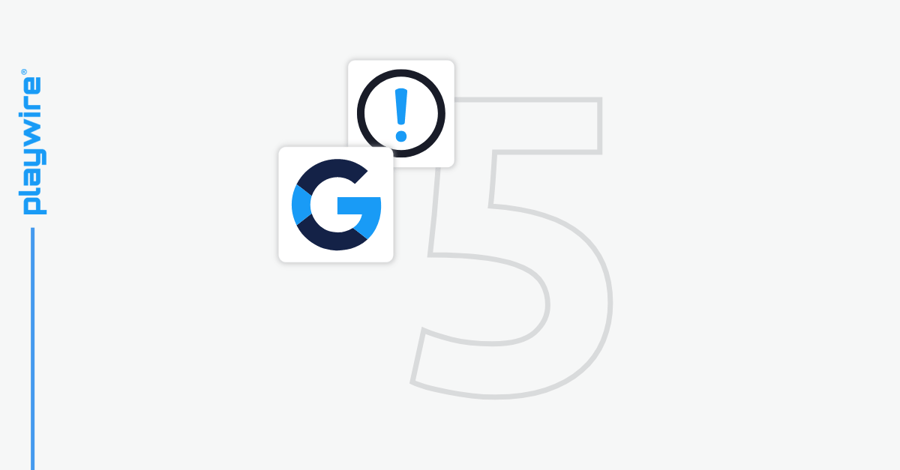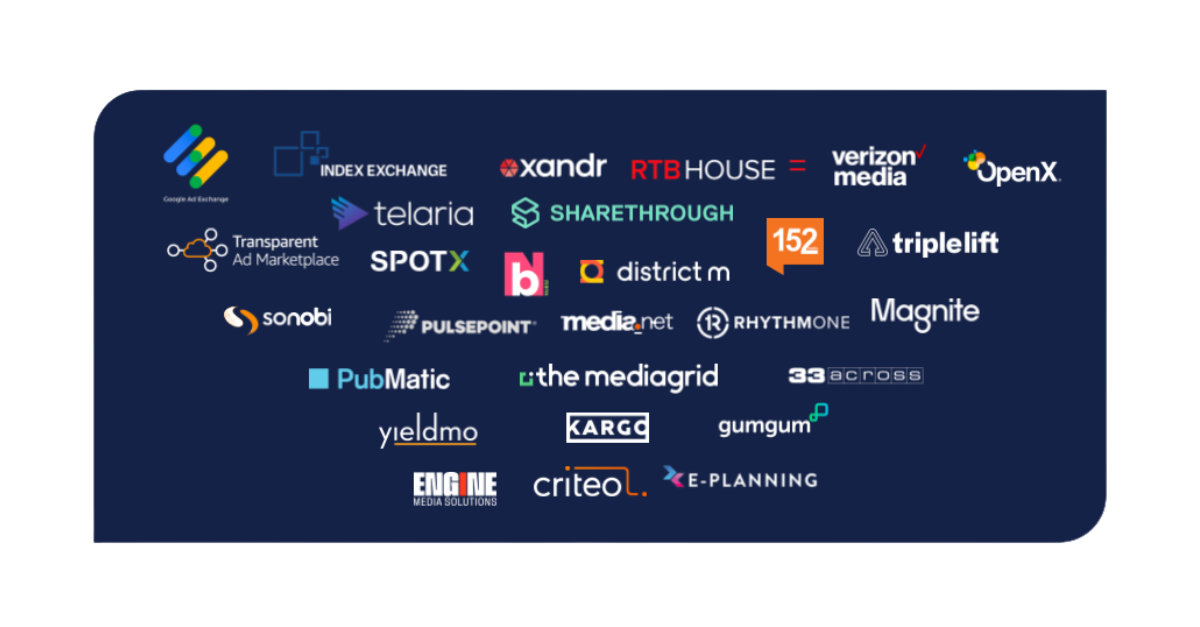5 Common Google Ad Manager Issues
January 16, 2023
Editorial Policy
All of our content is generated by subject matter experts with years of ad tech experience and structured by writers and educators for ease of use and digestibility. Learn more about our rigorous interview, content production and review process here.

Key Points
- Despite being an effective ad management platform, publishers have their fair share of issues with Google Ad Manager.
- Required time commitment, lack of technical support, and feature limitations are all commonly cited pain points for publishers when working with GAM.
- Partnering with an end-to-end ad tech solution can help publishers overcome the issues publishers have with Google Ad Manager and other single-source ad management platforms.
In the world of ad tech, even the most effective platforms can pose issues for publishers. The better acquainted we all are with these issues, the better equipped we’ll be to find creative solutions for them.
This brings us to GAM, which can be a highly effective ad monetization tool for many publishers. However, today we’re talking about limitations. Here are five of the most common issues with the biggest name in online ad management and how to overcome them to make the most of GAM’s plethora of capabilities.
The five most common issues publishers have with Google Ad Manager are:
- Time Commitment
- Lack of Demand Sources
- Limited Support
- No Built-In Header Bidding
- Audience Knowledge Requirements
-- Article Continues Below --
 Browse the Google Ad Manager Training Library!
Browse the Google Ad Manager Training Library!
Google Ad Manager Overview
Let’s start with the positive: G.A.M. is G.R.E.A.T. By highlighting some of the problems publishers have in using it, we don’t mean to say it’s an ineffective platform. Google Ad Manager is an essential part of the Playwire service offering. Heck, we’re a Google Certified Publishing Partner.
So before we discuss its limitations, here’s an unbiased overview of what exactly Google Ad Manager is and what it can do.
Google Ad Manager is a free self-service digital advertising tool (there’s also a paid premium version called GAM 360) that helps publishers manage their ad inventory and maximize revenue. With Google Ad Manager, publishers can control when and where ads appear, set pricing floors, and track performance.
Ad Manager also offers features to help publishers improve their ad experience, such as blocking advertiser bids that are below the publisher's reserve price or that don’t meet the publisher's quality standards.
In addition, GAM provides tools to help publishers troubleshoot ad delivery issues, manage price floors, and increase transparency around advertisers' bids. By using Google Ad Manager, publishers can take control of their ad inventory and keep more of the revenue generated from their ad space.
Now for the limitations that publishers face by only utilizing GAM for their ad monetization.
-- Article Continues Below --
The Complete Google Ad Manager Resource Center
5 Common Google Ad Manager Issues
Google Ad Manager wouldn’t have endured and spread the way it has if it weren’t effective. But that doesn’t mean it’s flawless. At Playwire, we’re constantly confronted with every aspect of GAM as we try to make it as effective a monetization tool as possible for our publishers.
Here are five of the most common Google Ad Manager issues we encounter, and what they mean for you.
Time Commitment
If you're considering managing your own Google Ads campaign, be prepared to invest a significant amount of time into the process. While it’s possible to DIY your ad monetization and achieve success, it will likely take far longer than if you were to partner with a third-party ad tech solution.
With the DIY approach, you (and/or your team) will have to learn how to manually set ad filters, category blocks, price floors, and much more. Then, there’s the matter of ongoing management of all of these settings and features as well as troubleshooting when issues arise.
In an industry where time may be even more valuable than money, getting to take the amount of time you would have been spending managing ads (with the Google Ad Manager DIY approach) and instead focus that time on building more great content, the ROI is far greater than just the increase you’ll see in ad revenue.
Lack of Demand Sources
Google Open Bidding is a great demand source, but it’s just one demand source (and only available in the premium versions of GAM). If you only stick to Google Ad Manager, you’re missing out on a whole host of other opportunities to boost demand for your ad inventory.
At Playwire, for example, we offer access to the full range of demand sources. That includes not only Google Open Bidding but also Amazon TAM, plus over 20 SSP integrations, 10+ app mediation partners, and our own built-in direct sales team with sellers in over 15 countries.
 The more demand sources, the more demand. The more demand — well, you get it. Just imagine a bunch of dollar signs. By only using Google Ad Manager, you’re missing out on a ton of those dollar signs.
The more demand sources, the more demand. The more demand — well, you get it. Just imagine a bunch of dollar signs. By only using Google Ad Manager, you’re missing out on a ton of those dollar signs.
Limited Support
While Google offers some support and customer service, it can be quite limited in comparison to other ad management platforms. This can be frustrating for publishers who need help with their Google account or have urgent questions.
Due to the sheer size of Google and its endless list of digital products, it can be quite difficult to provide a customized, timely response to every publisher, customer, and/or user.
In addition, Google’s knowledge base, while quite comprehensive, can’t always answer all the questions publishers have. As a result, publishers who use Google Ad Manager may want to consider supplementing it with another ad management platform or third-party expert solution that offers more technical support and customer service.
No Built-In Header Bidding
Header bidding is a technique that allows publishers to offer their inventory to multiple ad exchanges simultaneously. This allows them to get the highest price for their inventory, as each exchange competes against the others.
While Google Ad Manager doesn't offer header bidding at the basic levels, there are many other tools that do. As a result, publishers who use Google Ad Manager may be missing out on potential revenue.
(Surprise, surprise: Industry-leading header bidding is a central component of Playwire’s RAMP platform.)
-- Article Continues Below --
The Publisher's Guide to Google Ad Manager and GAM 360
Audience Knowledge Requirements
Audience data is essential for any business that wants to create targeted advertising campaigns. After all, what good is an ad if it’s not reaching the right people? This is another place where using Google Ad Manager alone might leave you missing some key functionality. While it does offer some audience data, it’s limited compared to solutions that offer a built-in Data Management Platform (DMP).
GAM can really only use what you bring to it. Without your own ad ops team pulling a wide range of audience data from disparate sources, you’ll pretty much be left in the cold when it comes to segmenting. And segmenting, after all, is everything.
(Okay, not everything. But it’s really, really important.)
Playwire: Ad Tech Without Limits
Google Ad Manager is good, but still may not be perfect for every publisher.
Fortunately, it doesn’t have to be. By working with an end-to-end ad tech platform like Playwire, you can benefit from everything GAM does best without suffering from any of its shortcomings — all while benefiting from a range of other features, demand sources, and capabilities you won’t find anywhere else.
Interested? Talk to us today.

-1.png?width=800&height=157&name=1-playwire-logo-primary-2021%20(1)-1.png)





